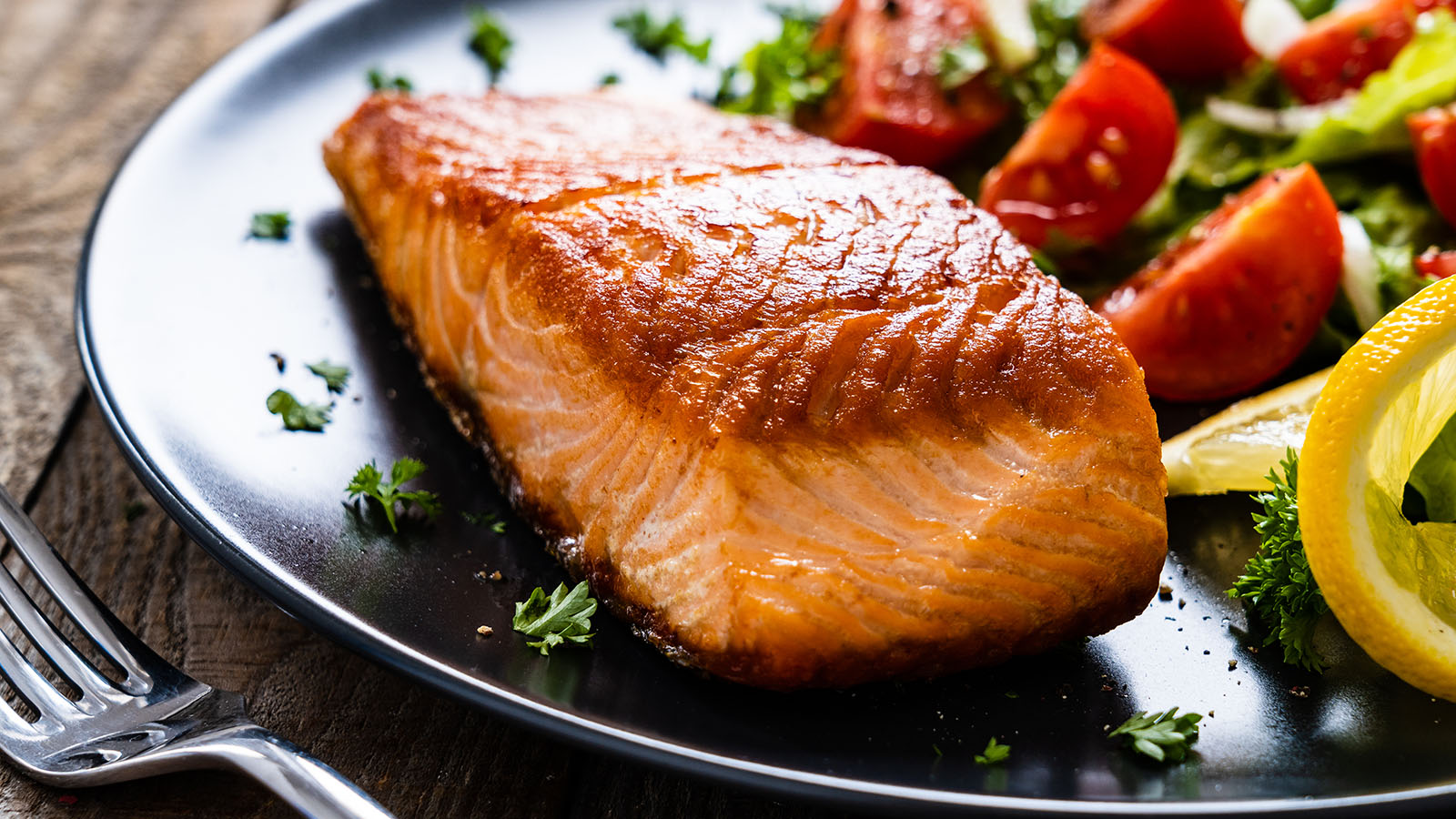Virtua Doctor’s Experience Is a Warning for All About COVID-19 and Strokes
Virtua cardiologist Troy Randle, DO, didn't think he would get COVID-19—but he did. He certainly didn't expect the life-threatening stroke that followed.
By Troy Randle, DO, FACC, Cardiologist—Virtua Cardiology
I’m one of those people who doesn’t get sick. I eat right, work out four to five days a week, and I take care of my health. So, even in the face of the global pandemic COVID-19, I thought I might get through it unscathed.
Then a colleague got sick—someone I’d been in close contact with shortly before we began wearing masks at all times.
Even still, I went to work in both the hospital and office feeling just fine.
That was, until I didn’t. And when it came on, it came on fast.
I came home from work and felt a strong, sudden headache. It wasn’t a typical COVID-19 symptom, but I knew it was one of many being reported. Not wanting to put my wife and kids at risk, I immediately quarantined myself.
For two days, the terrible headache continued. In the five days that followed, I had a slight cough, muscle aches all over, and a fever, all of which worsened at night. I monitored my oxygen levels with a pulse-ox machine, and I treated my fever and body aches with over-the-counter pain relievers. I also took the supplements vitamin D3, zinc, and quercetin (a flavonoid derived from plants that has anti-inflammatory, antiviral, and antioxidant properties).
I started to feel better. Not great, like I wanted to go for a run or even lift weights, but I felt better than I had in a week.
I was cleared to return to work, and I was excited to get back to my patients and my cardiology fellows.
I worked without issues but felt fatigued by mid-afternoon/evening. However, toward the end of the week, I had another terrible headache. Tylenol had no effect on the pain. I was afraid that I was having a recurrence of COVID-19. My wife recognized this wasn't normal for me, and took me to the emergency room.
Thankfully, she did—because she may have saved my life.
I was having a stroke.
A blood clot had traveled to the vertebral artery in my neck/brain which caused damage to the cerebellum area of my brain—an area in the back of the brain that plays a role in balance and movement. If I didn’t have a headache initially when I got sick with COVID-19, I would have reacted more quickly, knowing that a sudden, severe headache is a sign of stroke.
What I didn’t know about COVID-19 then was that there were reports that people who had it were suffering strokes. And, the patients aren’t necessarily older or more at risk because of other health issues—they’re in their 30s and 40s with no known issues other than they had COVID-19.
With this new strain of coronavirus, every day we’re learning something more about how it behaves in the body. According to the Washington Post, researchers suspect the strokes in COVID-19 patients may be a direct consequence of blood problems that are producing clots all over some people’s bodies.
This has become such a prevalent issue that a few major medical centers are publishing data on this “stroke phenomenon” to provide insights into possible treatments. While it still needs to be studied, many researchers believe that blood clots might be responsible for a significant number of COVID-19 deaths.
I’ve already applied for a research grant from the American Heart Association in hopes of taking part in studies into the short- and long-term heart and vascular effects of COVID-19.
I feel extremely blessed and grateful to share that I haven’t suffered any significant effects from the stroke, short of some persistent weakness and fatigue.
What I want people to know is that there’s nothing typical about this new virus. Every day we’re learning more in hopes of being able to help people recover and to save more lives. The COVID-19 symptoms people are presenting with vary—and now stroke symptoms are on the list. If you notice any symptom out of your norm, seek medical attention.
Finally, I’ll share this—you have to be hyper-vigilant about taking precautions to prevent getting it or spreading it. This includes:
- Washing your hands often with soap and water for at least 20 seconds, especially after you’ve been in a public place or after blowing your nose, coughing, or sneezing.
- If soap and water aren't readily available, using a hand sanitizer that contains at least 60% alcohol. Cover all surfaces of your hands and rub them together until they feel dry.
- Wearing a mask in public settings, especially in grocery stores and pharmacies.
- Avoiding touching your eyes, nose, and mouth with unwashed hands.
- Avoiding close contact with people who are sick.
Take care—and stay healthy.
There's So Much More to Explore
Discover expert insights, inspiring stories, health tips, and more by exploring the content below!

Are You Eating Too Much Salt? High-Sodium Foods to Watch For

4 Exercise Tips to Help You Reverse High Blood Pressure

Timely Heart Care During a Heart Attack Helps Joe Feed the Community

3 Reasons Why Now's the Time to Find Relief From Varicose Veins
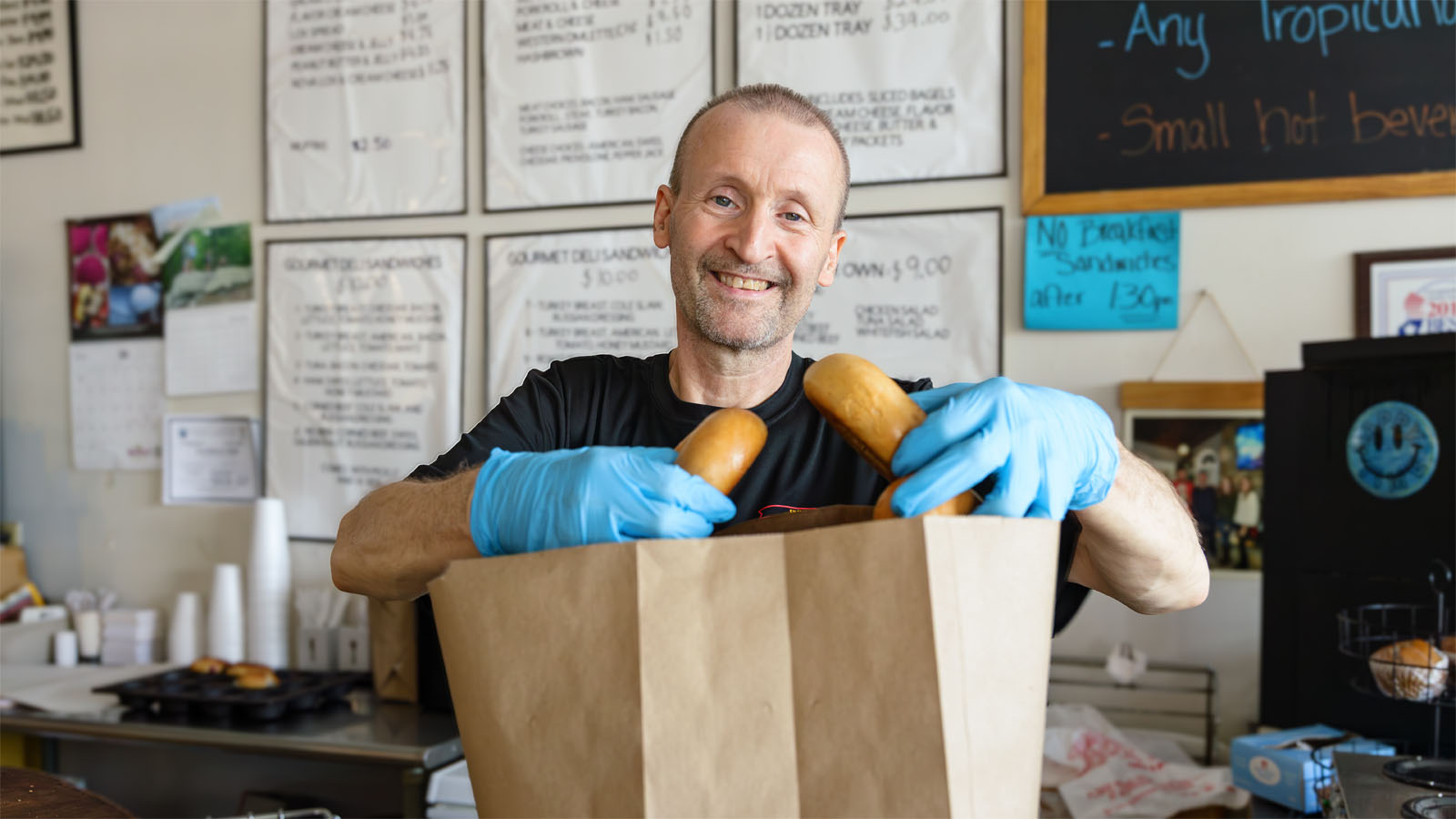
HeartTalk Magazine
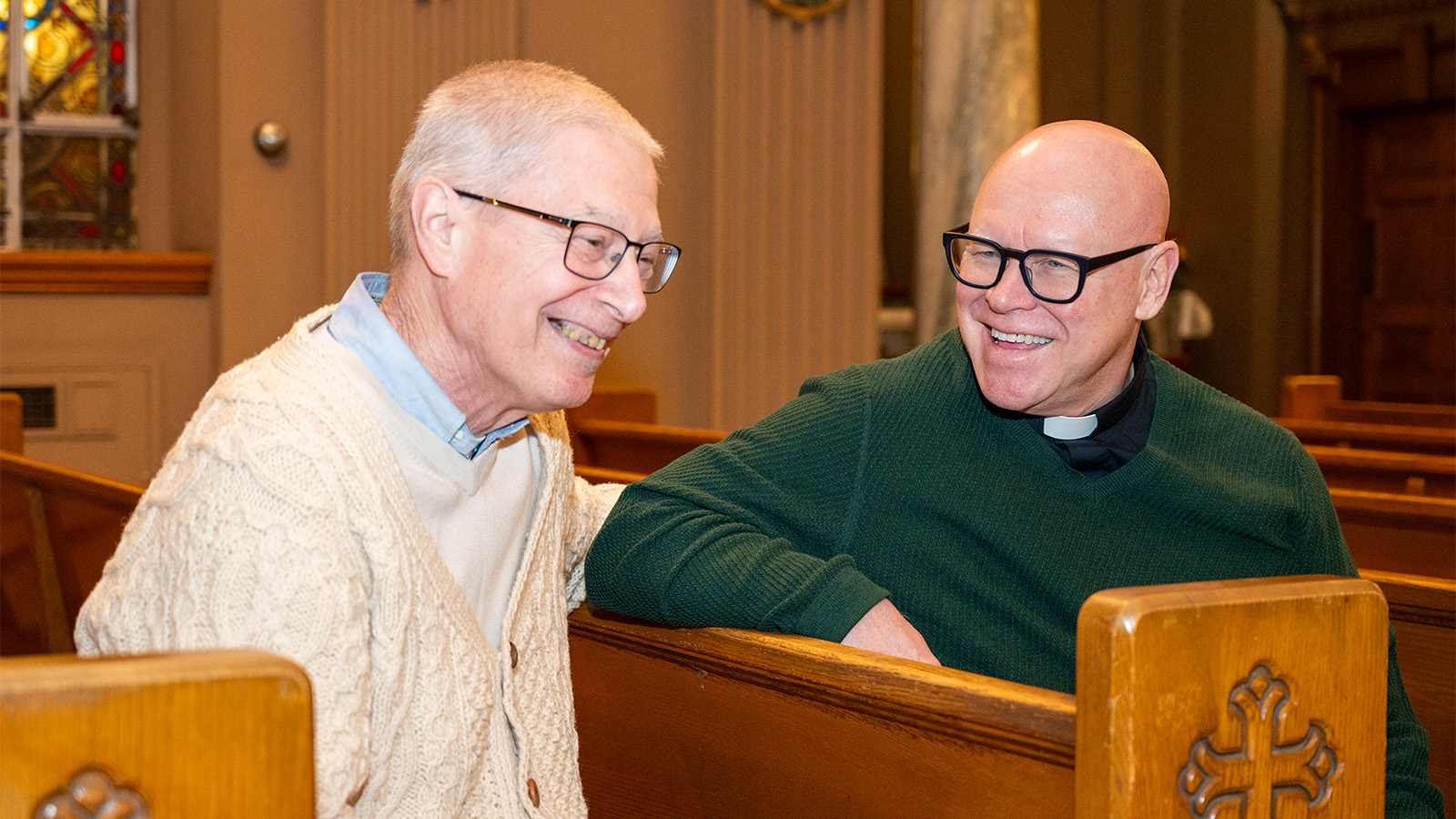
Lifesaving Heart Care Creates a 'Bond That's Never Left Us'
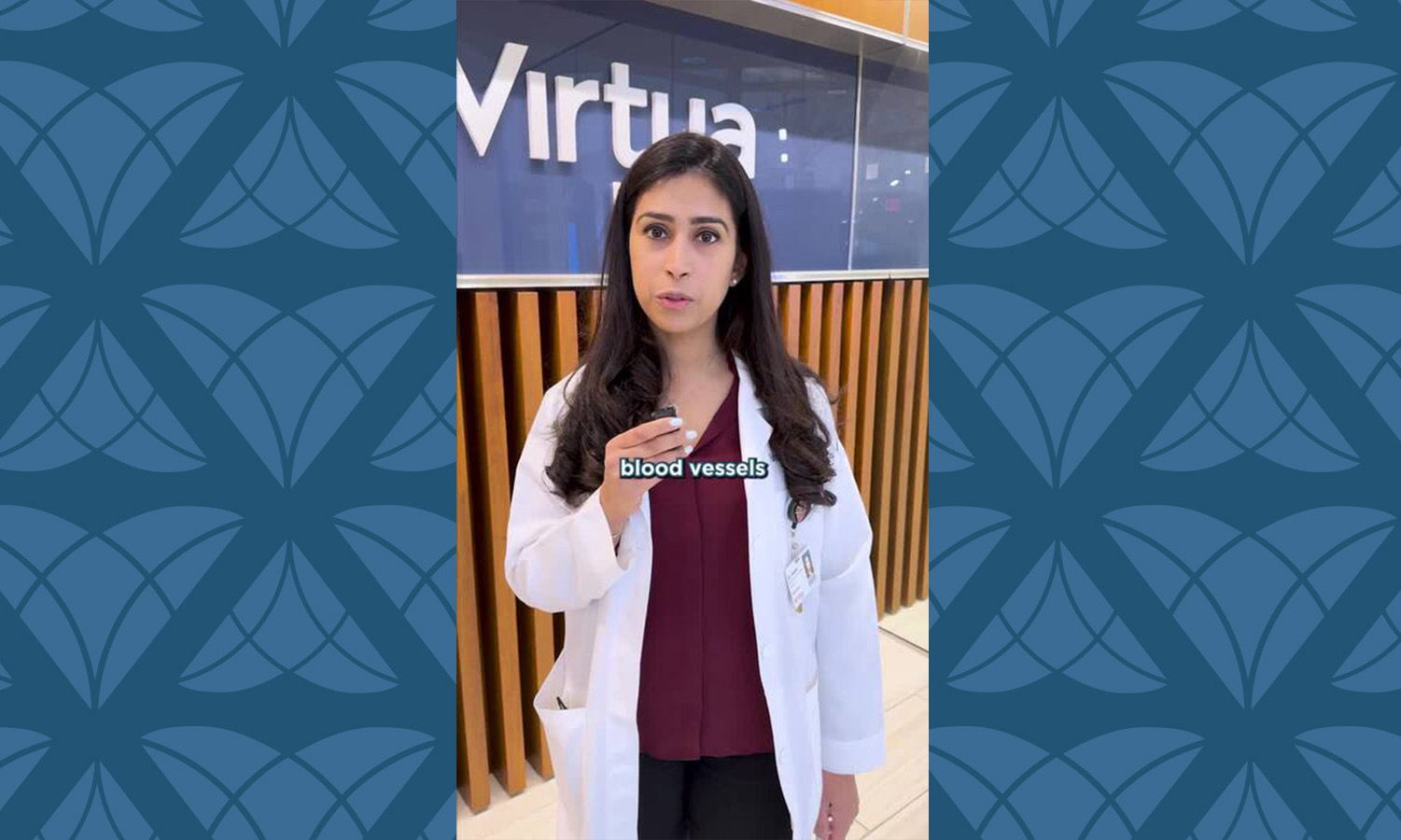
How High Blood Pressure Affects Your Body
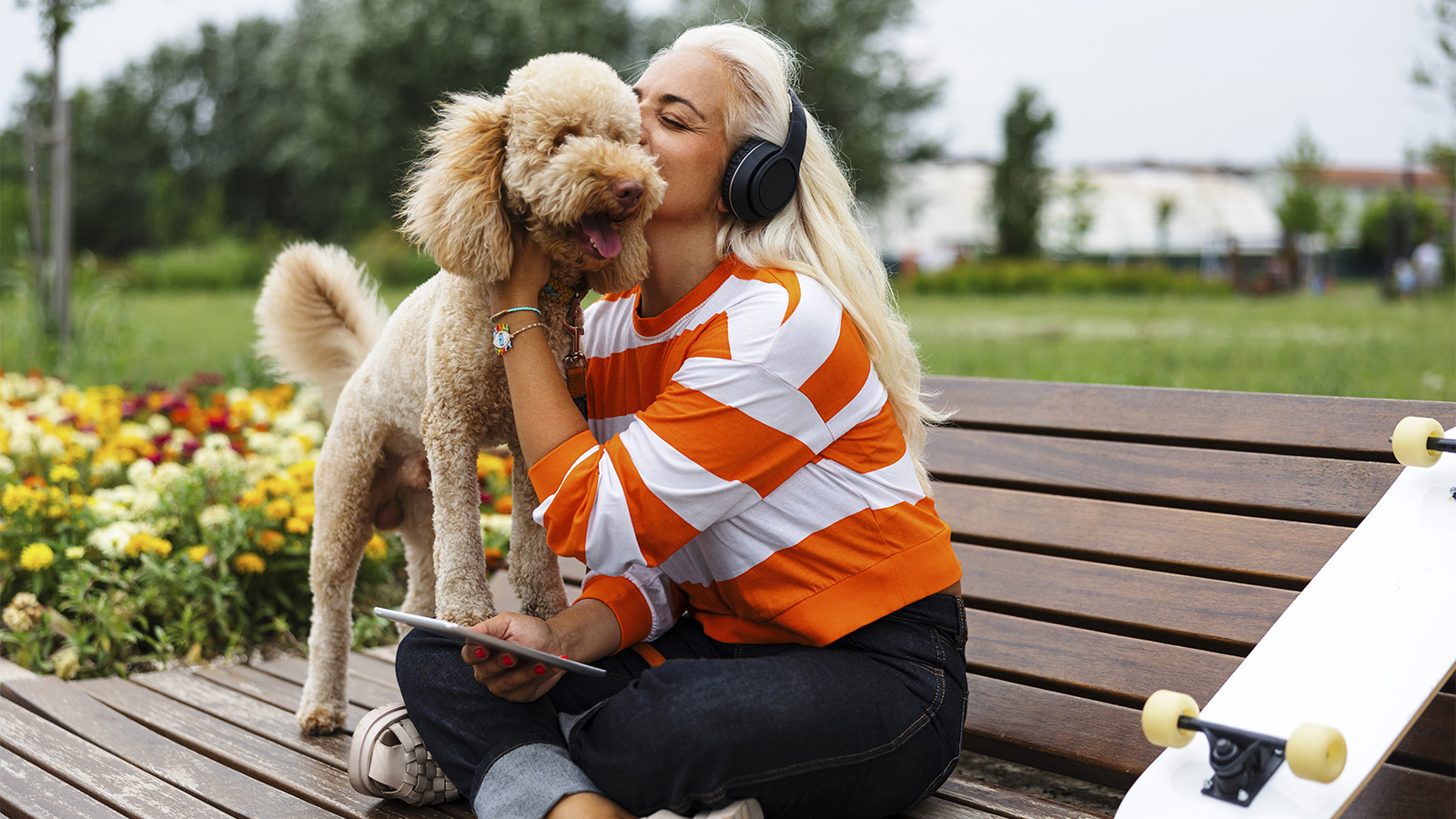
5 Interesting Facts About Your Heart

Get to the Bottom of Blood Pressure Numbers
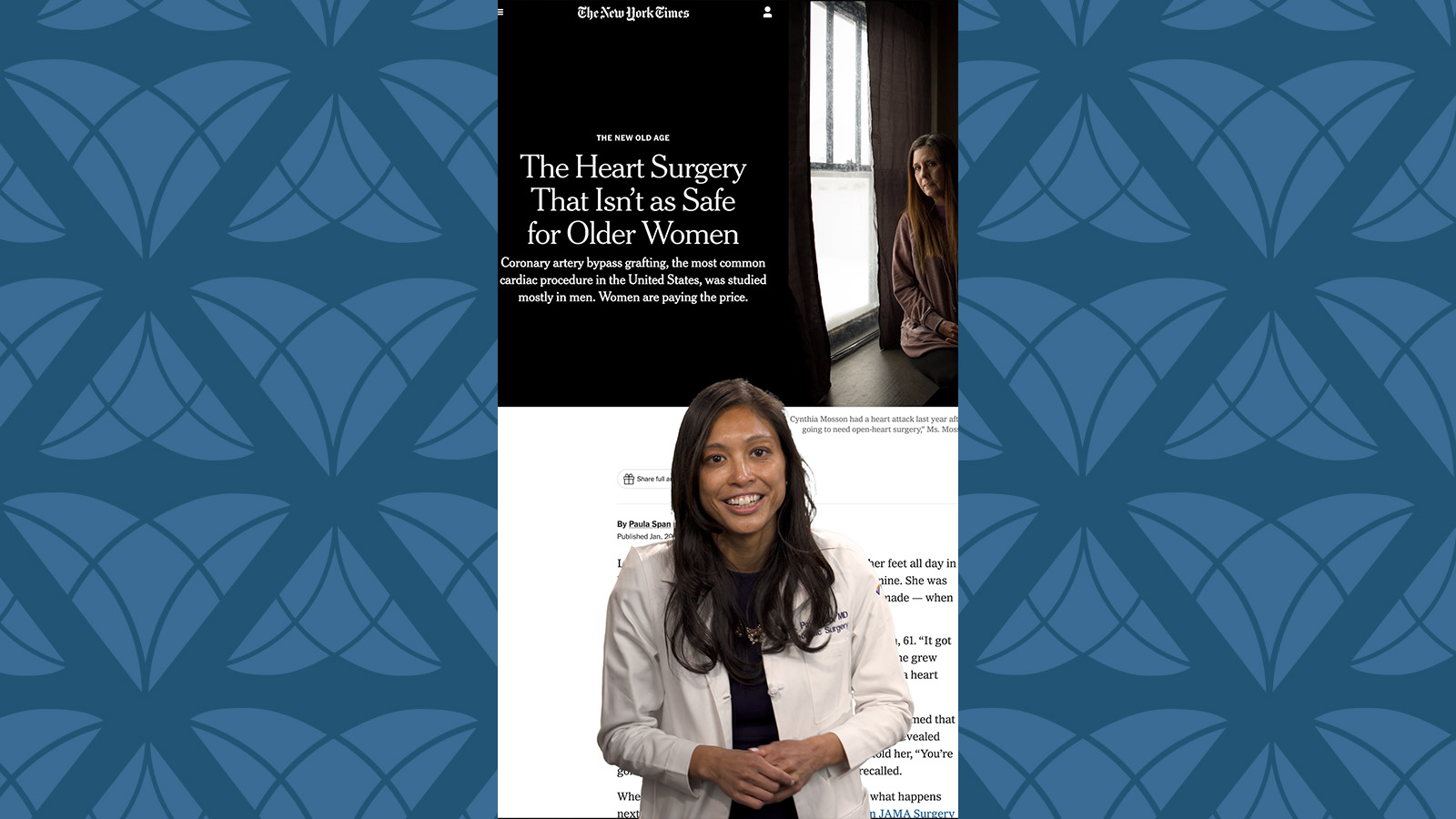
CABG Surgery: What Women Should Know About Heart Health and Healing

When to Take Action for a Stronger Heart

Groundbreaking Renal Denervation Procedure Controls a Lifetime of High Blood Pressure
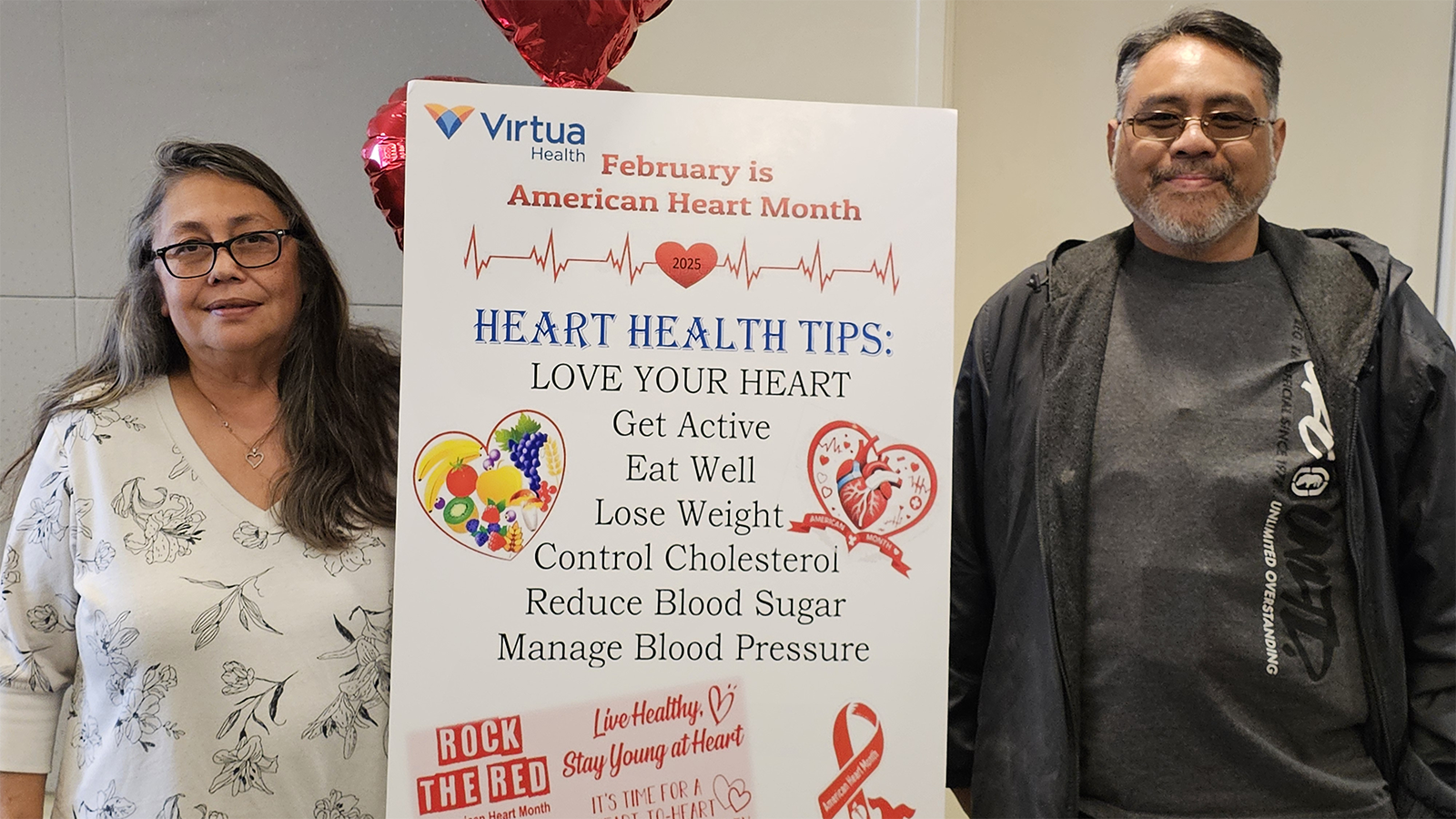
Patient Story: LVAD Mechanical Pump Strengthens Michael's Heart Function

Mitral Valve Surgery Keeps Yaneth Living the American Dream
Inside Look at Blood Vessels Aids PAD Treatment
Denise Davis: Pay Attention to Your Heart Health
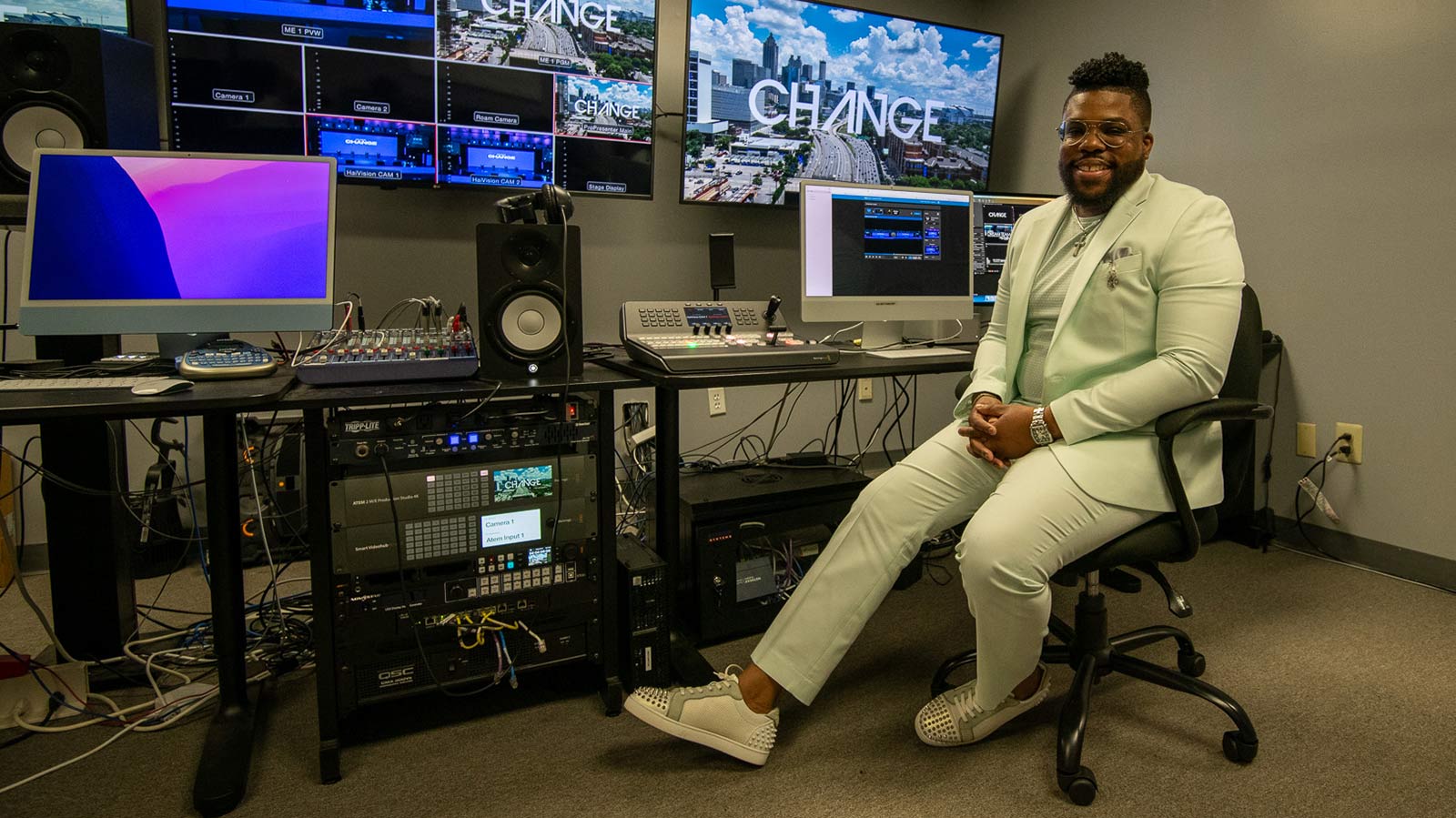
Sweet Music: Trust, Teamwork Save Justin from Heart Attack

Complex Heart Surgery Nets James a Lifelong Friend

8 Key Steps to Better Blood Pressure Control

Signs You Should Get Treated For Vein Problems
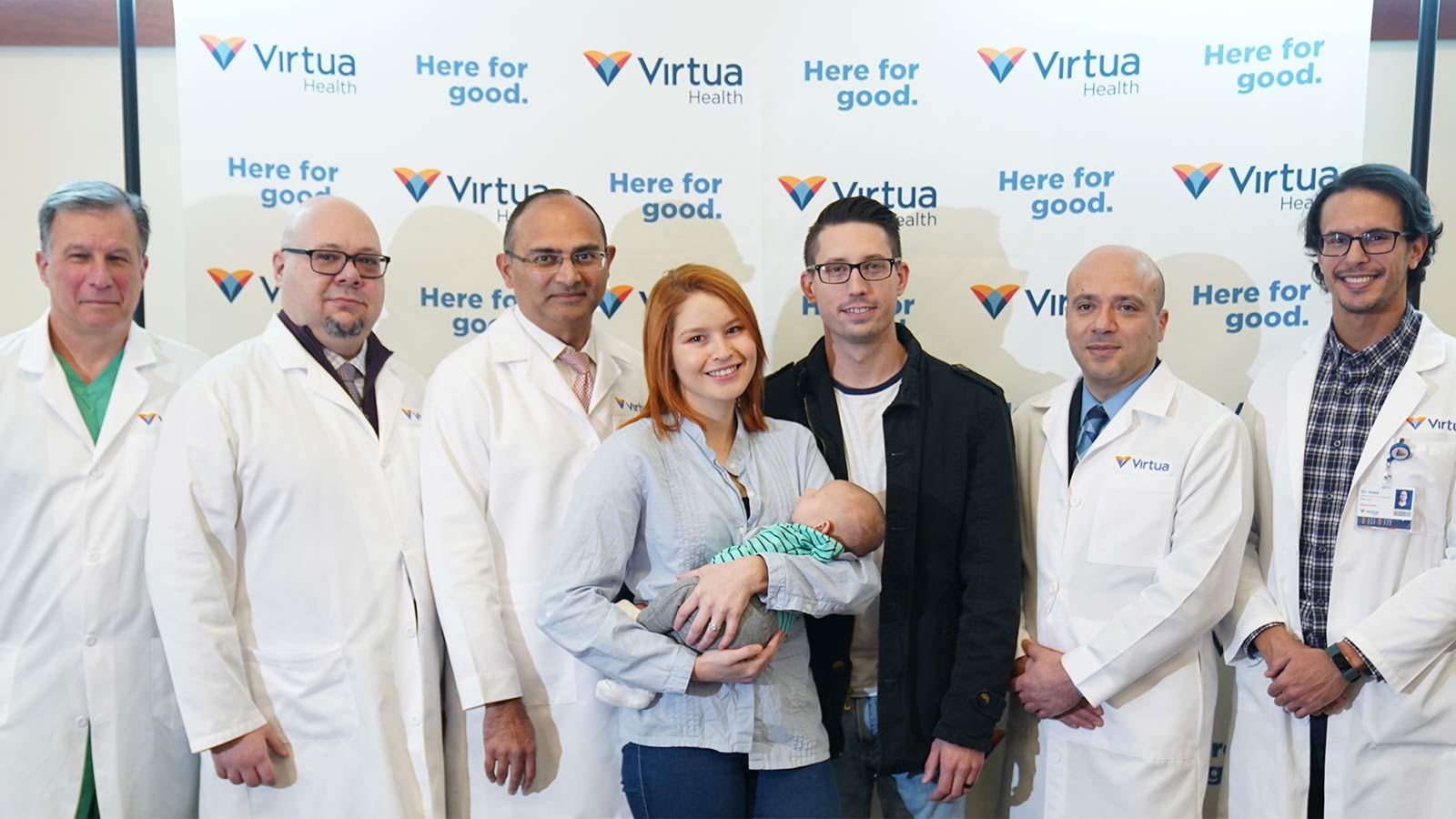
One New Heart Valve Saves Two Lives in the Tritten Family

What You Need to Know About Heart Failure

6 Numbers Key to Keeping Your Heart Healthy
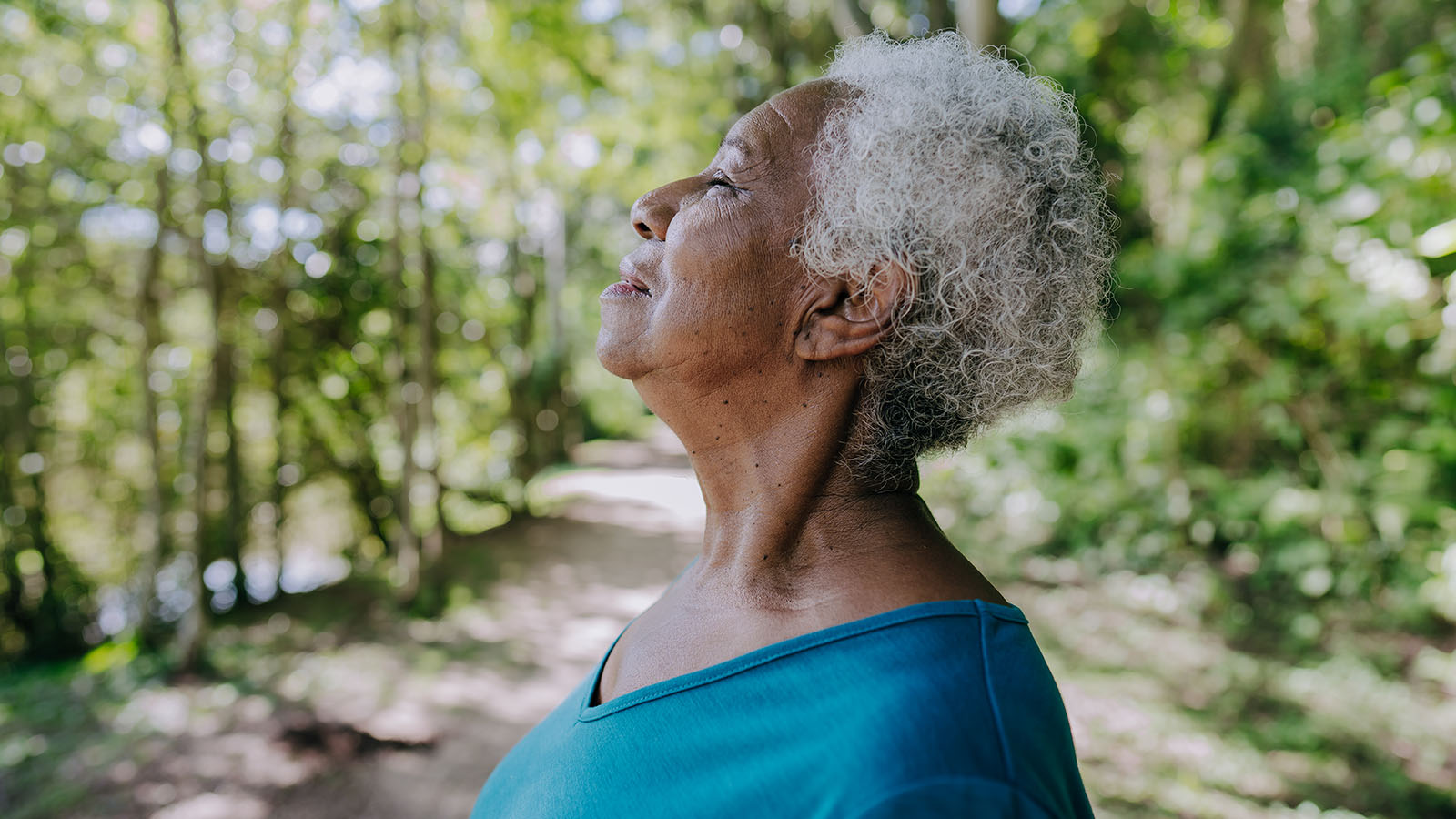
Five Mindfulness Tips That Can Help Heal Your Heart

Watchman Heart Device: a Technological Breakthrough for Blood Clot Prevention
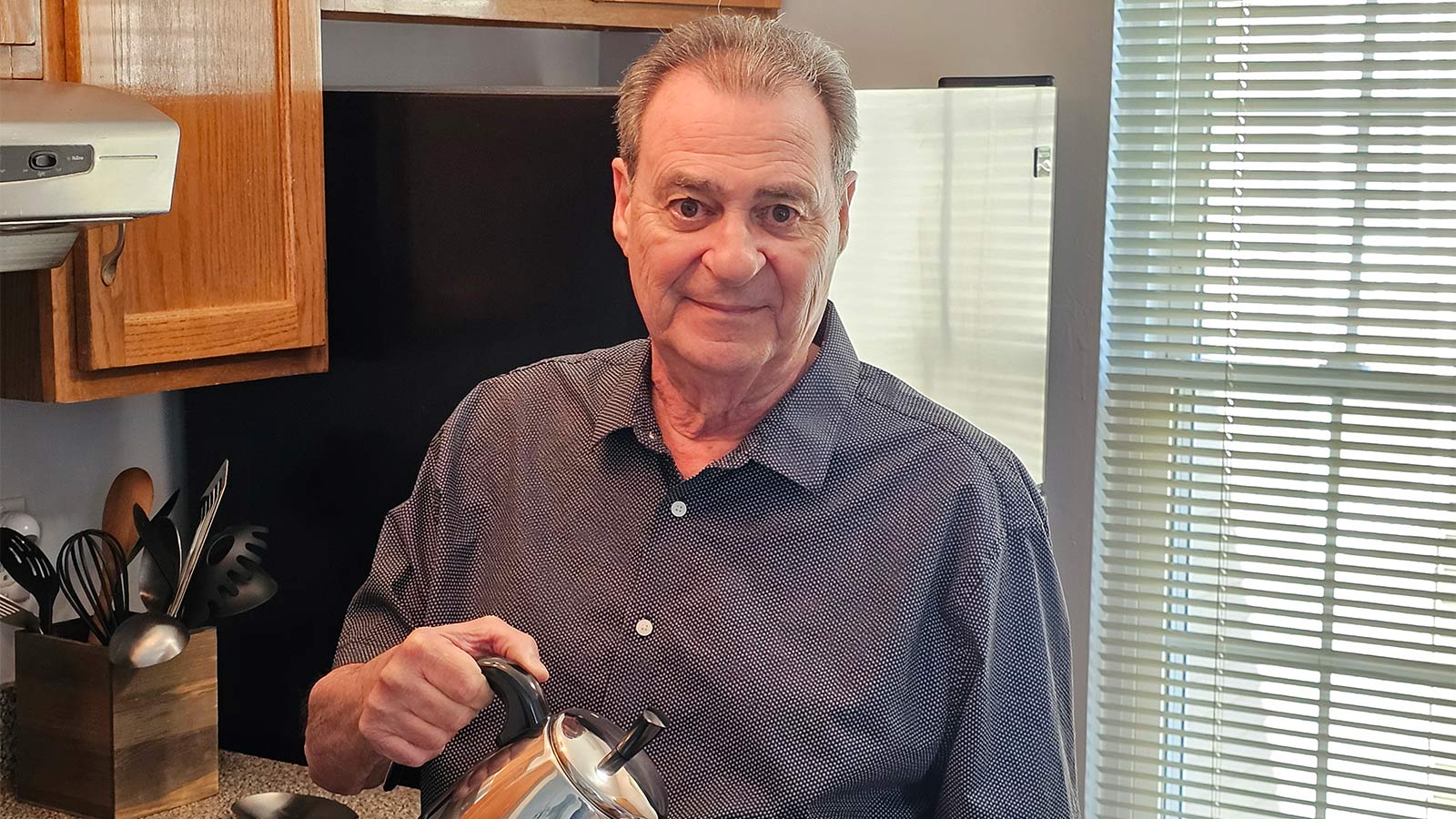
Albert's Emergency Cardiac Surgery Is a 'Story of a Lifetime'

Love Your Heart: Essential Care Tips for Every Stage of Life
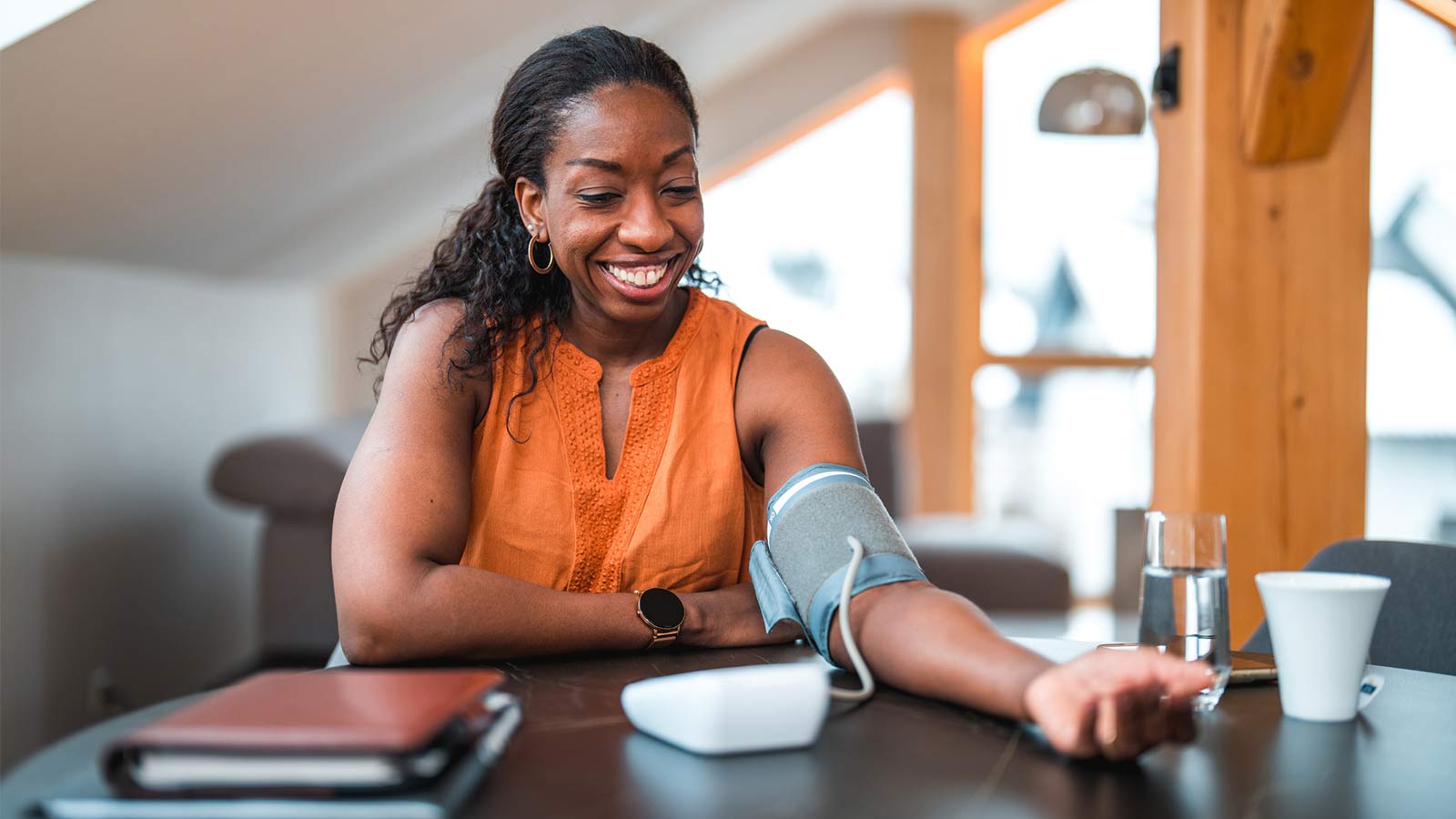
How Do I Measure My Blood Pressure at Home?

How Do I Improve My Cholesterol Levels?
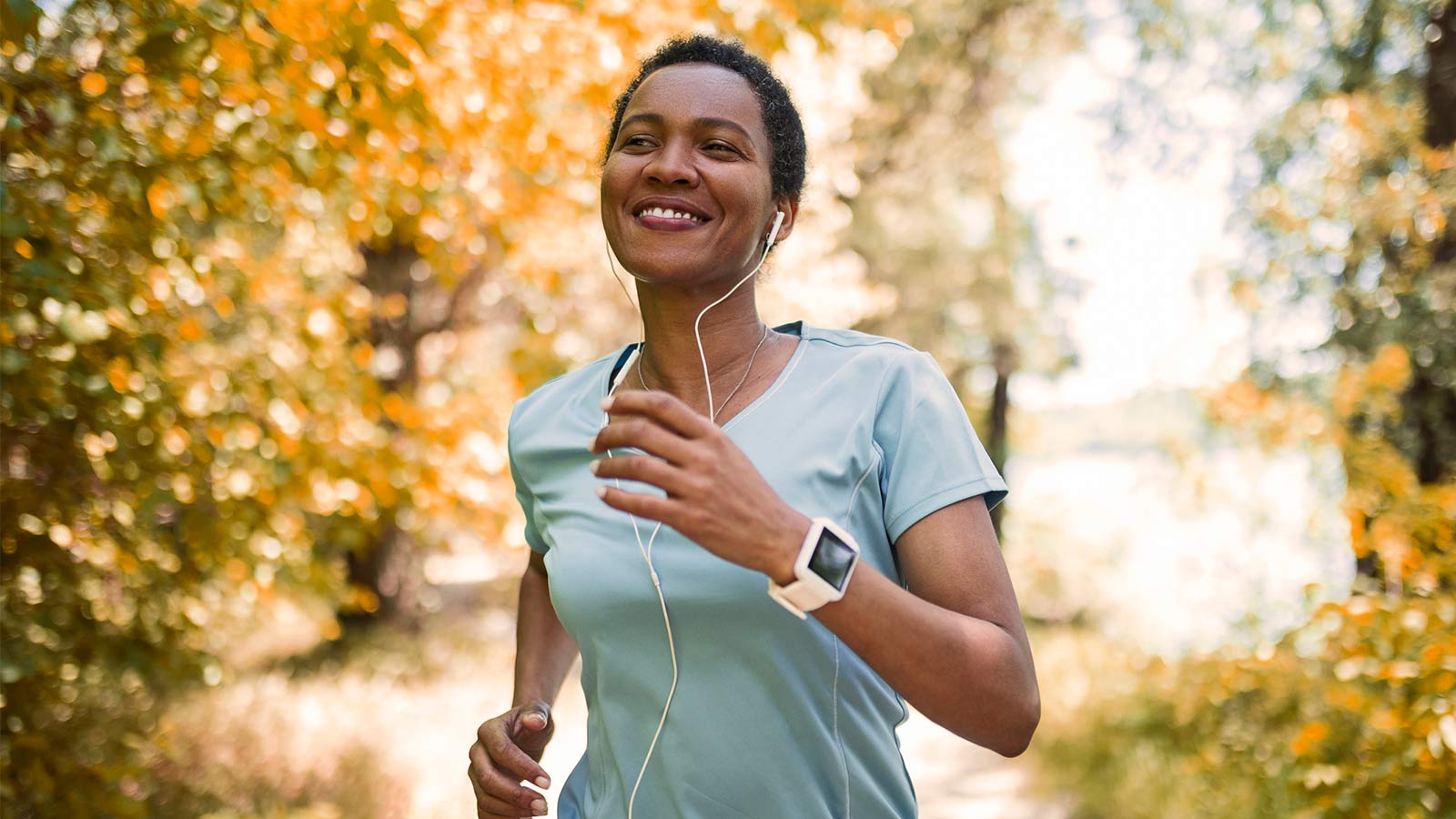
3 Ways to Reduce Your Stroke Risk
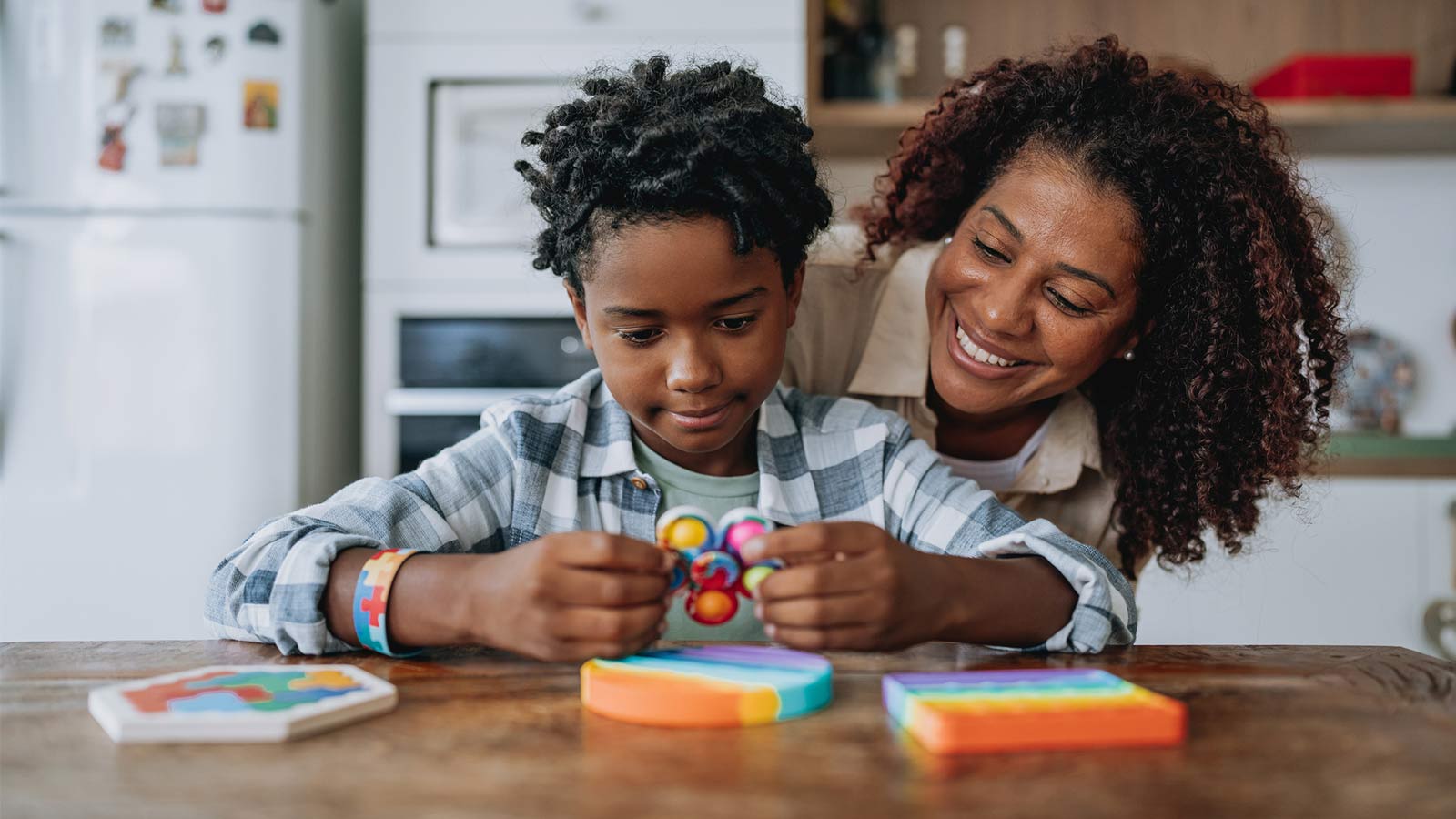
How the Unique Stages of a Womans Heart Affect Her Health

Can Your Gut Health Affect Your Heart?
Advanced Heart Failure Therapies Get Bernadine Back to Full Speed

Keeping the Beat: Advanced Heart Surgery for Aortic Aneurysm

Heart-Healthy Summer Recipe: Hummus and Veggies

4 Delicious Heart-Healthy Recipes Perfect for Summer

Heart Healthy Summer Recipe: Dessert Parfait

Heart-Healthy Summer Recipe: Pear and Walnut Salad

Heart-Healthy Summer Recipe: Terrific Turkey Burgers
Atrial Fibrillation and Stroke: What's the Connection?
Heart Tests Your Doctor May Order
Managing Pregnancy for Mothers With Heart Conditions
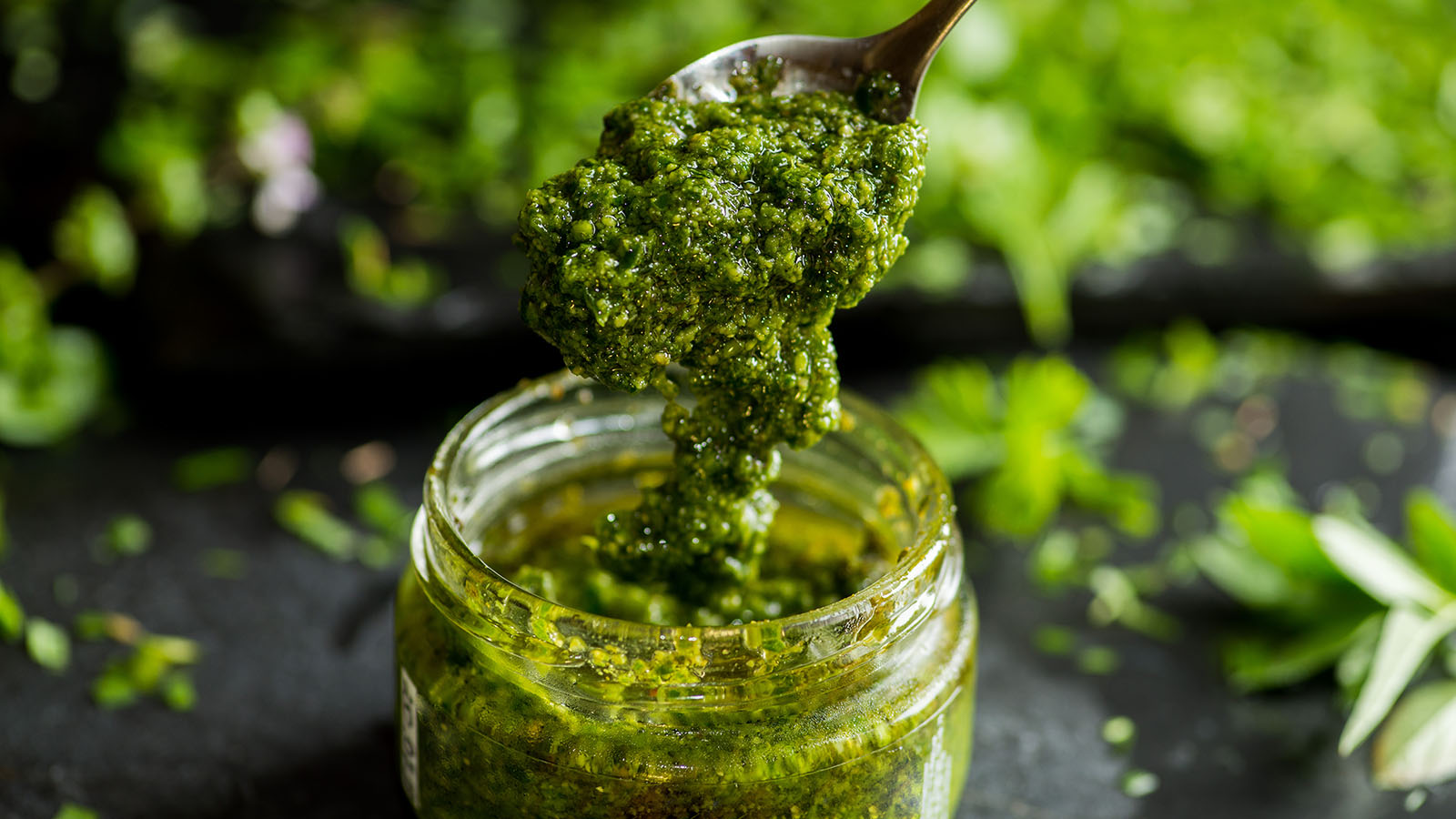
Heart Healthy Recipe: Basil Pesto Pasta With Seared Vegetables
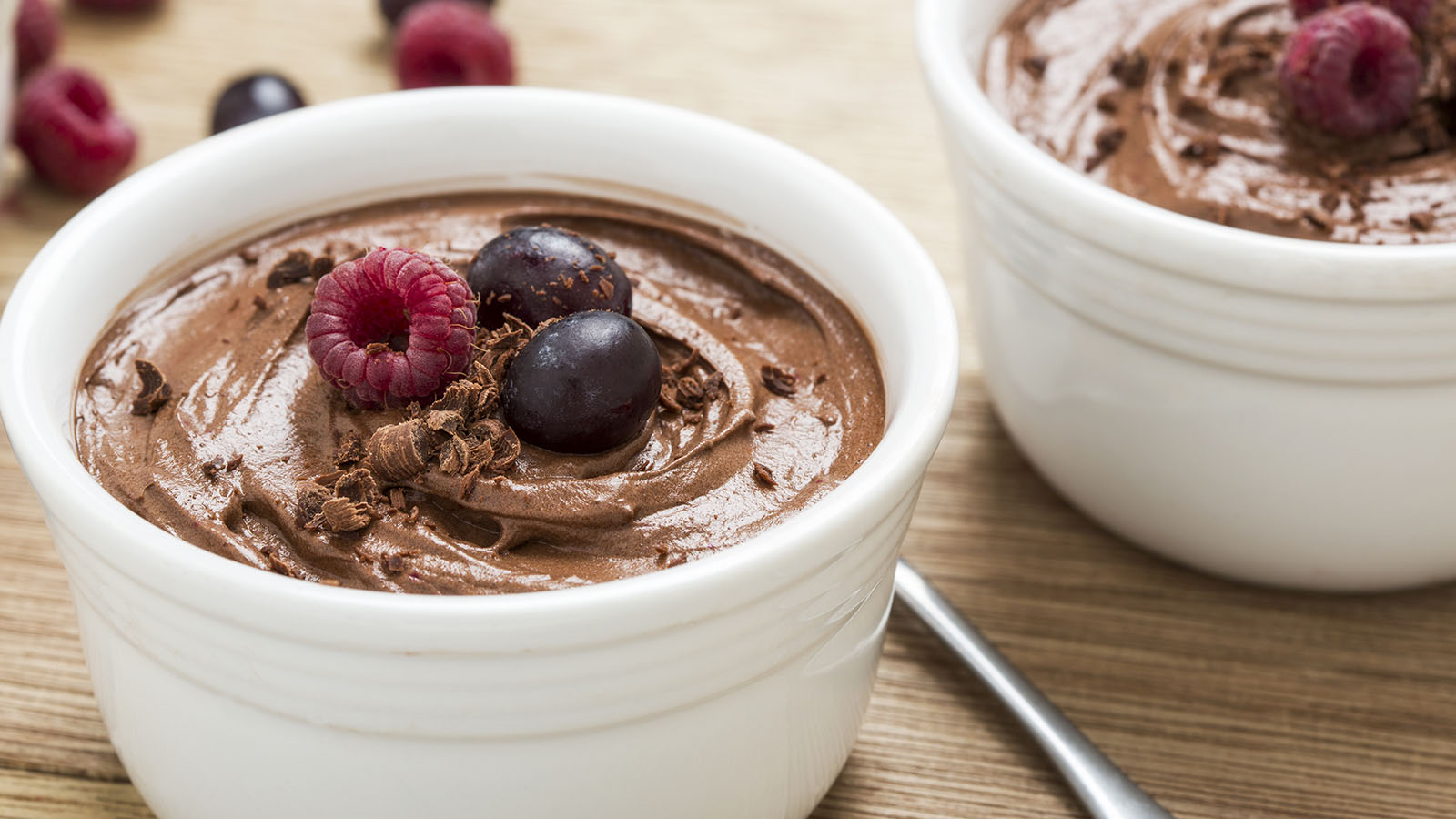
Heart Healthy Recipe Chocolate Avocado Chia Pudding
Keep Your Heart Rhythm in Check With Your Smartwatch
Mind Your Meds for Blood Pressure Risks
Magic Pill for Heart Health? Cut 300 Calories a Day
3 Smart Ways to Boost Your Heart Health
3 Best Exercises For Heart Health
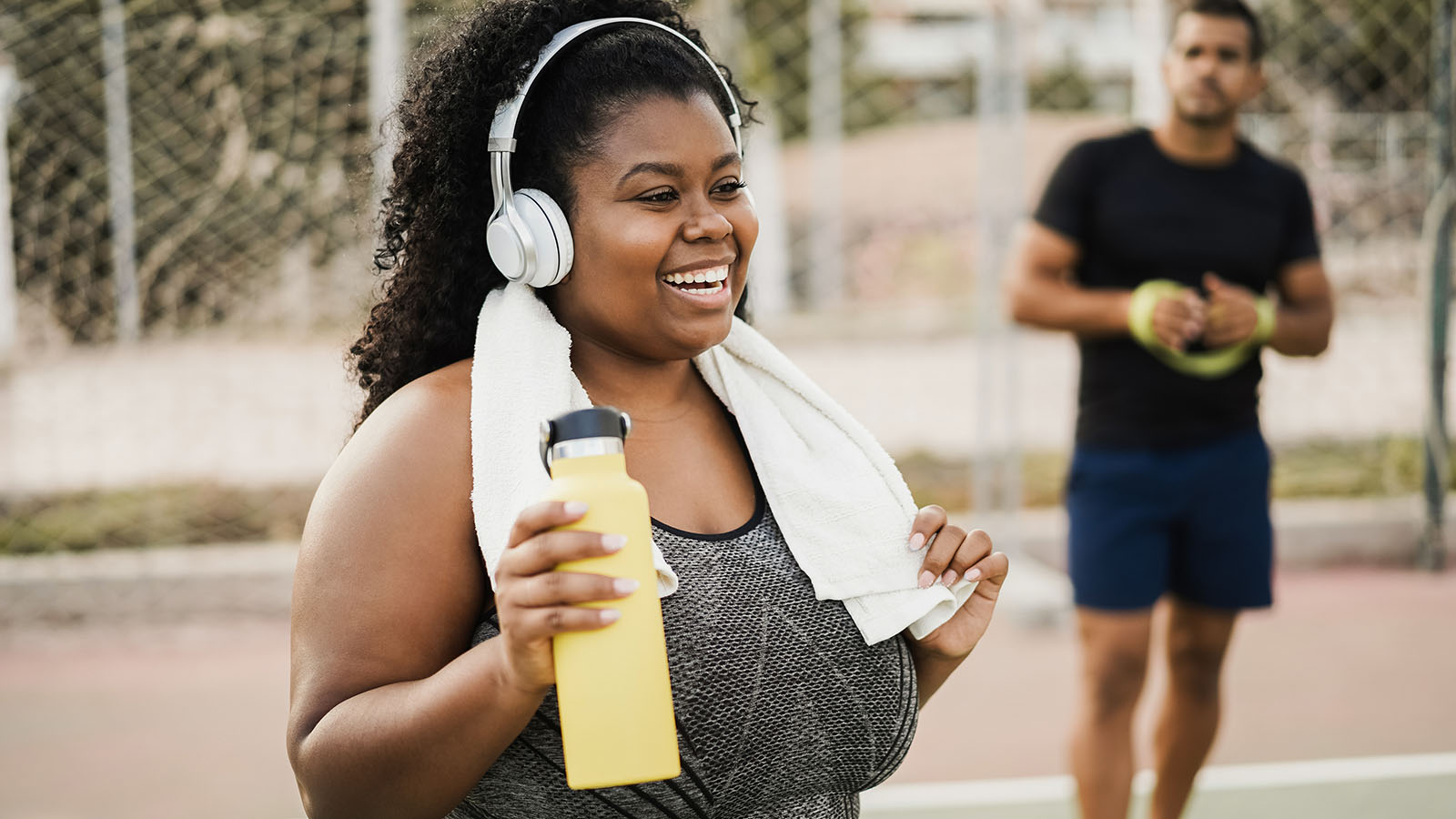
Get Your Heart Pumping With These 25 Workout Songs
Your Chest Pain: Heartburn, Heart Attack, or Something Else?
3 Heart Healthy Recipes to Win Valentines Day
How Work and Home Stress Can Affect You
Why Improving Your Health Is Going To The Dogs And Cats
Why Younger Women Need Start NOW To Safeguard Their Hearts From Heart Attacks
Can You Die of a Broken Heart?
Mitral Valve Surgery Opens Doors for Improved Quality of Life
6 Healthy Habits to Start in Your 20s for Better Lifelong Health
Do You Have a Fatty Heart?
Get Pumped! Assist Devices Can Improve Heart Failure Symptoms
A Cardiologists Advice on Heart-saving Emergency Cardiac Care
Virtua Doctor’s Experience Is a Warning for All About COVID-19 and Strokes
You May Feel Fine, but Gregory Says "Don't Skip Your Medical Care"
In Sickness and in Health: Couples Often Share Heart Disease Risk
"Reduce Your Heart Disease Risk With a Plant-based Diet"
Hybrid Robotic Heart Surgery and Valve Replacement Restores Quality of Life
Can Marijuana Hurt Your Heart Health?
6 Tips for Restoring Your Heart Rhythm
Eat Smart for Your Heart
Cardiac Rehab: Strengthening Your Heart After Leaving the Hospital
Your Heart Needs A Good Nights Sleep
Are You at Risk for AAA—the Silent Killer?
The Cardio Oncology Team Protects Your Heart During Cancer Treatment
Get Relief From Painful Varicose Veins This Summer
Exercise Your Way to a Stronger Heart
Fish Oil: A Good Catch or a Scam?
My Heart Seems to Skip a Beat - Should I Be Worried?
Menu Planning? Try These 5 Heart-smart Substitutions
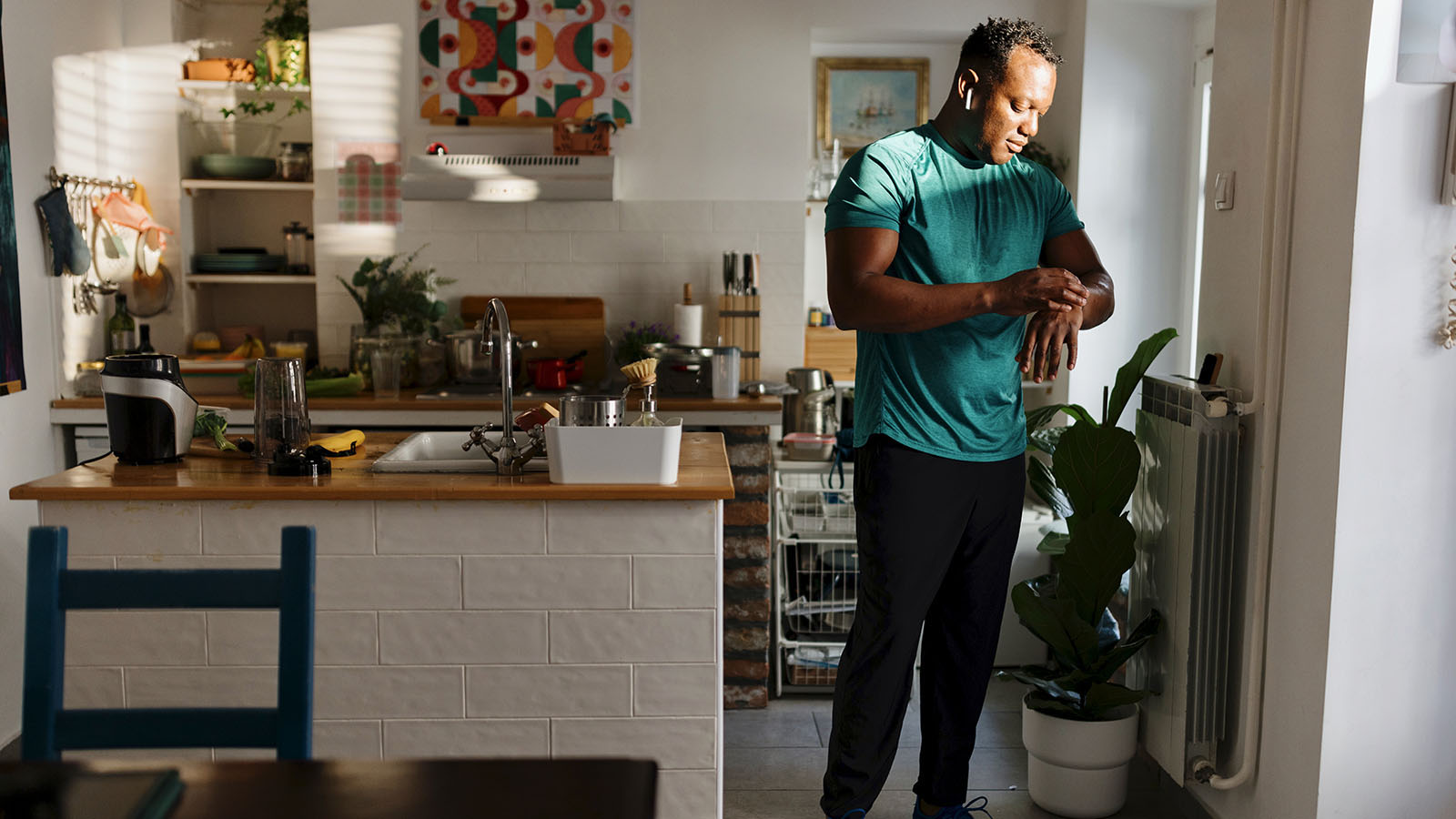
5 Health Risks Tied to Weight
